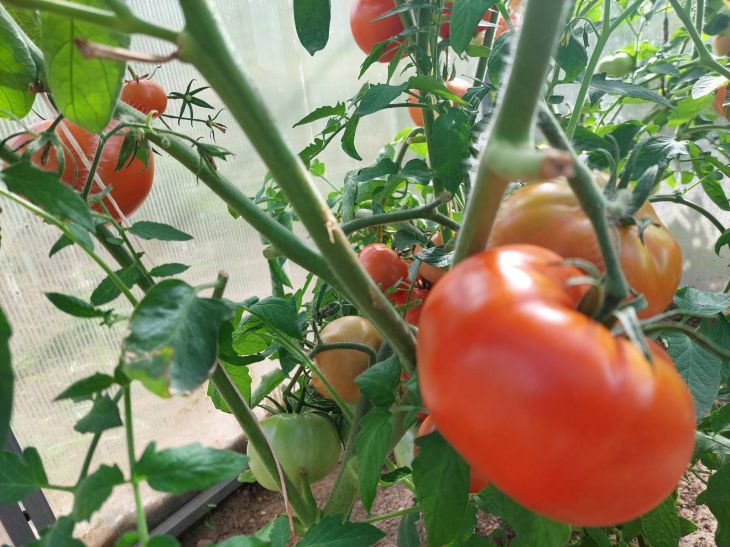In the world of gardening, there are many ways to improve plant yields.
One of the most unusual and effective methods is feeding tomatoes using milk.
This method has been known for many years and is actively used by experienced gardeners. How to properly prepare and use this unusual fertilizer to achieve maximum effect.
Why Milk is Good for Tomatoes
Milk is not only a healthy drink for humans, but also a valuable source of nutrients for plants.
Tomatoes need various microelements for their full development, such as calcium, potassium, magnesium and many others.

Whey is an excellent source of these nutrients. It also has antibacterial properties that help protect plants from certain diseases.
How to prepare milk supplement
To prepare the feed, you need to use natural milk or whey.
In no case should you use dairy products with additives or preservatives. Dilute milk with water in a ratio of 1:10 to avoid burning the roots of plants due to the high concentration of lactic acids.
Rules for the use of fertilizers
It is recommended to apply milk fertilizer under the roots of the plant or spray it on the leaves.
The optimal time for feeding is in the morning or late evening, when solar activity is minimal. This will prevent leaf burns.
Using milk helps strengthen the root system and improve the overall condition of plants.
The procedure can be carried out once every two weeks throughout the growing season.
It is important to remember that overfeeding can have a negative impact on plants, so moderation is extremely important.
Additional benefits of milk supplementation
Milk not only enriches the soil with useful microelements, but also improves its structure, making it looser and more breathable.
This allows plant roots to breathe better and absorb nutrients.
In addition, milk fertilizer can help control some pests, such as aphids and spider mites, due to its natural composition.
Tips from experienced gardeners
Many gardeners share their secrets of successful use of milk fertilizer. For example, some add a few drops of iodine to milk to enhance the antibacterial effect.
Others advise alternating milk fertilizer with other natural fertilizers to provide plants with the most varied nutrition possible.
Earlier we told you where you can’t plant black currants.








